News
SolarCity Struggles: Design Dilemmas (Part II)
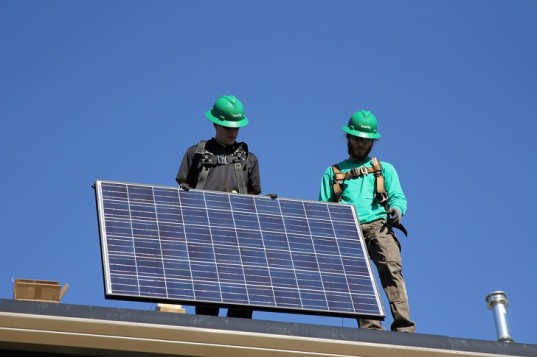
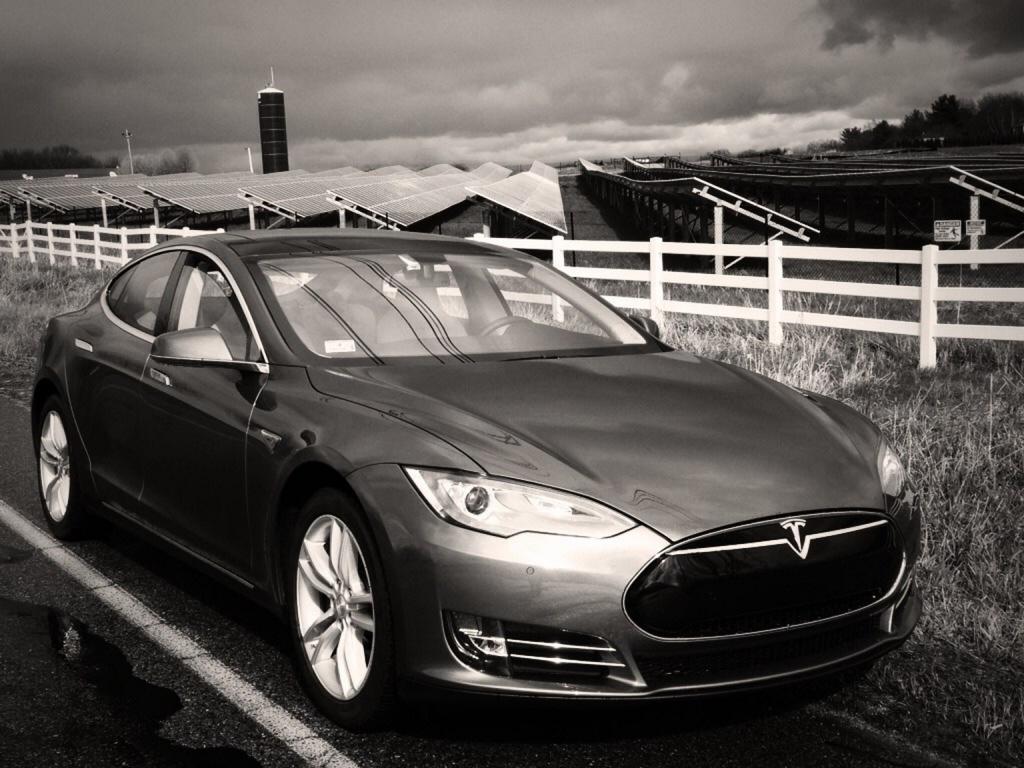
In Part 1 of my SolarCity Struggles series, I discovered that the initial design for my solar installation would need its first revision to account for the additional power needs from my 85kWh Tesla Model S. What happens next is something that can only be described as SolarCity Struggles.
SolarCity Design Dilemmas
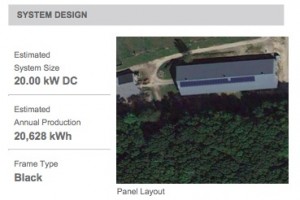 I don’t claim to understand all of the engineering that goes into planning a solar installation but as a homeowner I can tell you that three these things really matter:
I don’t claim to understand all of the engineering that goes into planning a solar installation but as a homeowner I can tell you that three these things really matter:
- How many panels will be installed and what will the configuration look like? (aesthetics)
- Where will the inverters, ground and wall items be installed? (aesthetics & function)
- What will annual production be and what will I be charged for it? (value)
Unfortunately, Solar City made mistakes in all three of these areas.
We were very clear when we first started the process that we didn’t want partial roof coverage of the panels – i.e. right half of a single roof surface. We wanted all or nothing. After all this was our house and we wanted it to be presentable (in our eyes). The Solar City folks made the mistake of designing it with partial roof coverage on multiple occasions and each time we readjusted the design, it would take about a month.
In the end, getting the correct solar panel layout came down to me having to provide specific direction despite having no experience in this area. The communications path between the sales people, whom happen to be your primary contact, and the mysterious engineering team back at headquarters is terrible.
Solar City’s design placed the inverters in front of doorways which made no sense whatsoever. When I pointed this out, even after they had already visited my property three separate times, each time taking a boatload of pictures, they didn’t seem concerned and brushed it off by saying the installer would put them in a better location. So much for engineering design. It’s not clear what the point of the design was if they don’t end up following it.
Design Complete?
After multiple rounds of back and forth design sessions with Solar City, we thought we had finally overcome all of the challenges. It turns out that the hard part had yet to begin – our power company wasn’t involved yet …
Part III – SolarCity Struggles: National Gridlock
ALSO SEE: Integrating Portable Solar Panel Technology into the Tesla Model S

News
Elon Musk claims X is under ‘massive cyberattack’
Could the X outages be the result of a massive cyberattack? Elon Musk thinks so.
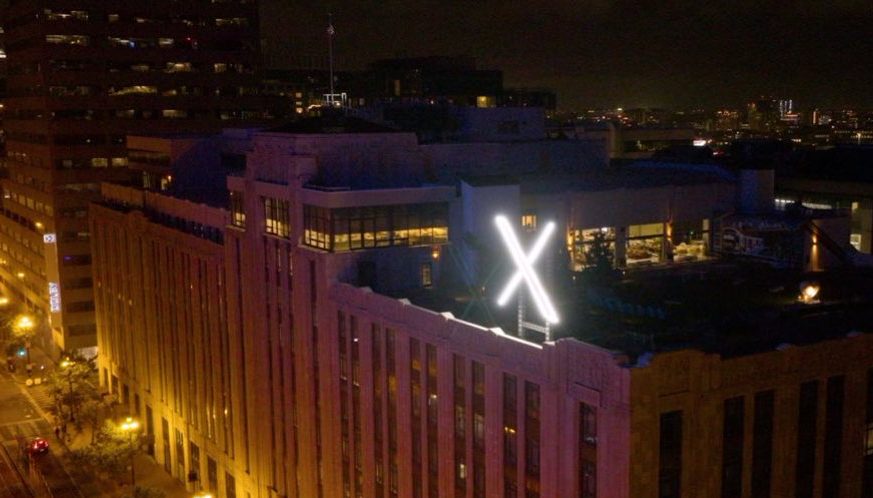
Elon Musk claims that an ongoing outage on his social media platform X is due to a “massive cyberattack,” and he says the attack seems to have an unprecedented amount of resources behind it.
Amidst intermittent outages on X on Monday morning, Musk claimed in a post that the issues were the result of a targeted cyberattack on the platform. He also claimed that, while attacks are lodged against the platform everyday, this particular one seemed to have substantial resources behind it, which he says could be “either a large, coordinated group and/or a country.”
There was (still is) a massive cyberattack against 𝕏.
We get attacked every day, but this was done with a lot of resources. Either a large, coordinated group and/or a country is involved.
Tracing …
When X user Hassan Sajwani responded to the post saying that “They want to silence you and this platform,” Musk simply responded “Yes” in a follow-up post. X has yet to release an official statement on the outages.
The news also comes after mass demonstrations and vandalism against Tesla’s stores and vehicles have broken out around the world in the past few weeks, in protest of Musk’s recent efforts under the Trump administration to gut a broad range of federal agencies. Arrests have been made following attacks and arson against multiple of the Tesla locations, though it’s not yet clear if the ongoing cyberattack against X could be related.
🚨 Elon Musk says there is an ongoing “massive cyberattack” against X
The platform has been battling outages for most of the day https://t.co/SoHvW52yAe
— TESLARATI (@Teslarati) March 10, 2025
READ MORE ON X: Elon Musk’s X in talks to raise funds at $44 billion valuation: report
Musk purchased X, then called Twitter, for $44 billion in 2022, going on to launch mass layoffs at the company. About six months after the purchase, he said in an interview with BBC that the company had brought headcount down to just 1,500 from roughly 8,000, representing a cut of around 80 percent of staff.
Last month, X reported an adjusted EBIDTA of $682 million for 2024, along with about $5 billion in revenue. Wall Street Journal also reported that banks had completed a sale of $5.5 billion in debt backed by X. CEO Linda Yaccarino said in January that the company has also secured a deal with Visa to launch X Money, slated for release later this year.
News
Tesla’s Full Self-Driving faces a new hurdle in UK rollout plans
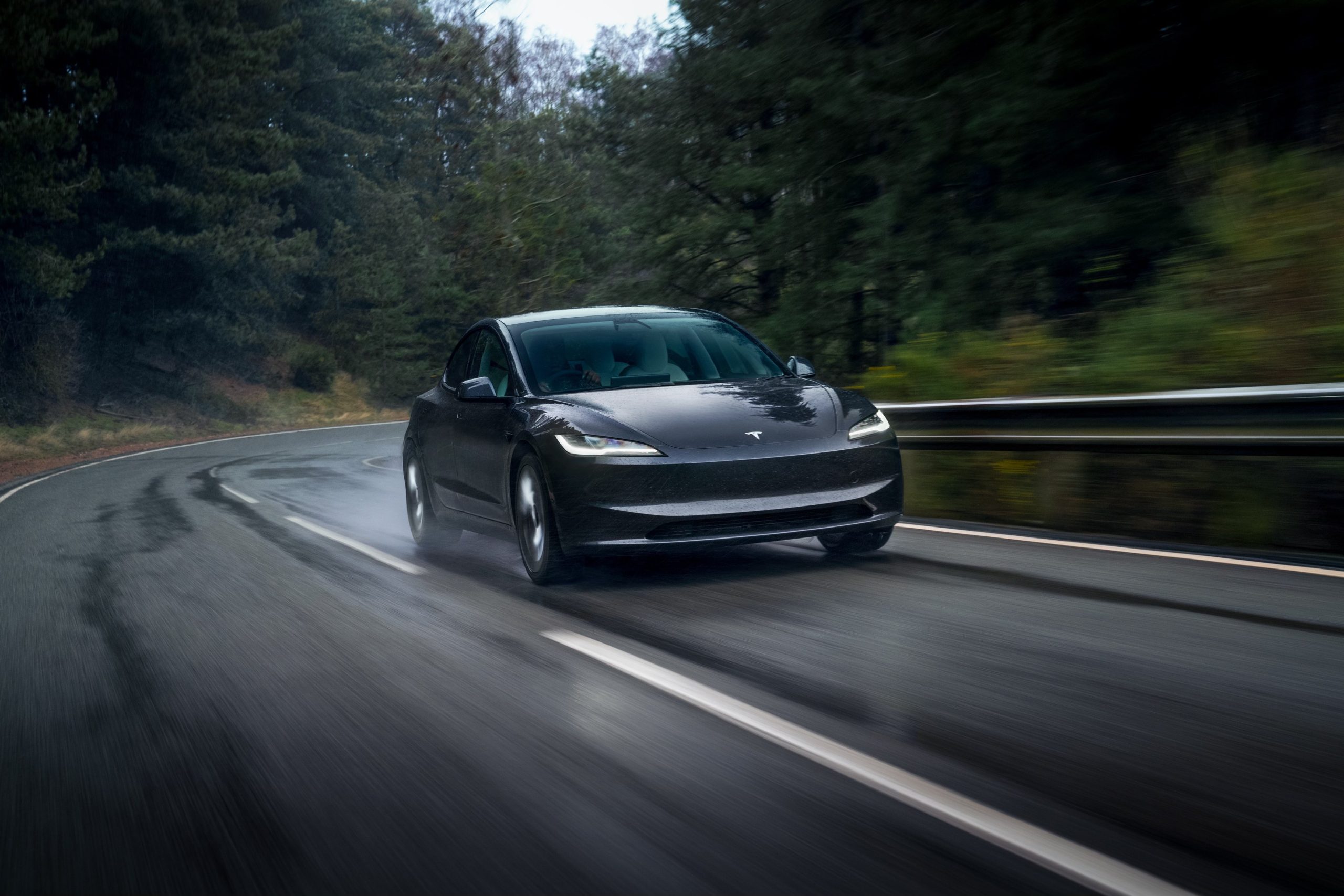
Tesla has been working to start deploying its Supervised Full Self-Driving (FSD) system outside of North America, though as the first waves of the software go out in China and Mexico, regulatory holdups in the United Kingdom (UK) and elsewhere are proving tough to overcome.
The UK’s Department for Transport (DfT) has proposed rules paring back allowances for autonomous driving systems such as Tesla’s Supervised FSD, according to documents seen by Telegraph in a report over the weekend. The delays echo previous statements from Tesla officials highlighting that the system may not be able to roll out in full in Europe until 2028, after recent regulation changes have slowed the deployment of certain automated capabilities.
Although the department’s original draft of safety rules related to self-driving systems allowed vehicles to perform maneuvers such as stopping and starting at traffic lights, turning at intersections, and changing lanes, all while drivers were hands-free, a new draft has diluted these functions to only allow “highway” maneuvers, such as lane changes, while also requiring drivers to keep their hands on the steering wheel.
“Whilst [a driver assistance system] may help in reducing collisions, it may also introduce new safety risks,” said a group of UK officials who helped propose the added restrictions in September.
The group has also suggested that systems like Tesla’s FSD Supervised should be rolled out “in phases,” echoing that safety concerns should be closely evaluated amidst deployment.
“The technological advancements in these systems are promising, but there remain concerns about their impact on driver behaviour, situational awareness and overall safety.”
The changes also come after concerns about deploying automated driving systems were raised in the United Nations Economic Commission for Europe (UNECE) last year, with the UK’s DfT officials speaking out then about concerns for broader approval of the technology.
Tesla FSD vs Xiaomi vs Li Auto inner city driving test.🇨🇳
While FSD was not perfect, it was arguably the smoothest system of the three that were tested. It will be exciting to see just how well FSD evolves as it gets updated in China.pic.twitter.com/19CRkpIiuz
— TESLARATI (@Teslarati) March 10, 2025
READ MORE ON TESLA FSD’S MARKET ROLLOUT: Tesla used this clever workaround to train FSD for China’s roads
Tesla’s launch of FSD Supervised in Europe, elsewhere: what’s causing delays?
Tesla recently launched early FSD-related features in China and Mexico, and the news comes as the company has continued to face tough regulatory barriers to launching the software in markets across Europe and the UK.
As part of his resignation announcement in October, Tesla’s former Global Vehicle Automation and Safety Policy Lead Marc Van Impe warned of major barriers in Europe due to the UN Regulation 171, dubbed DCAS, which could delay the deployment of FSD until 2028.
“This impacts Europe’s competitiveness and it’s clear that the type-approval framework needs to evolve to better and more quickly tackle innovative technologies,” Van Impe said of the delay. “Perhaps temporary certification or deployment through pre-certification can prove a solution.”
Despite this, Tesla went on to launch an introductory version of Actually Smart Summon in Europe and the Middle East in November, after the highly-anticipated software had previously been lumped in with an FSD Supervised update in North America.
During Tesla’s Q4 2024 earnings call in January, CEO Elon Musk also highlighted European regulations as a major barrier to getting FSD approved. He also highlighted an upcoming European Union (EU) committee session in May, which he said is expected to approve the software.
Tesla employees are performing autonomous FSD trials, CEO Elon Musk says
News
Elon Musk’s X experiences several outages on Monday
As of this writing, X’s desktop and mobile services are still intermittent.
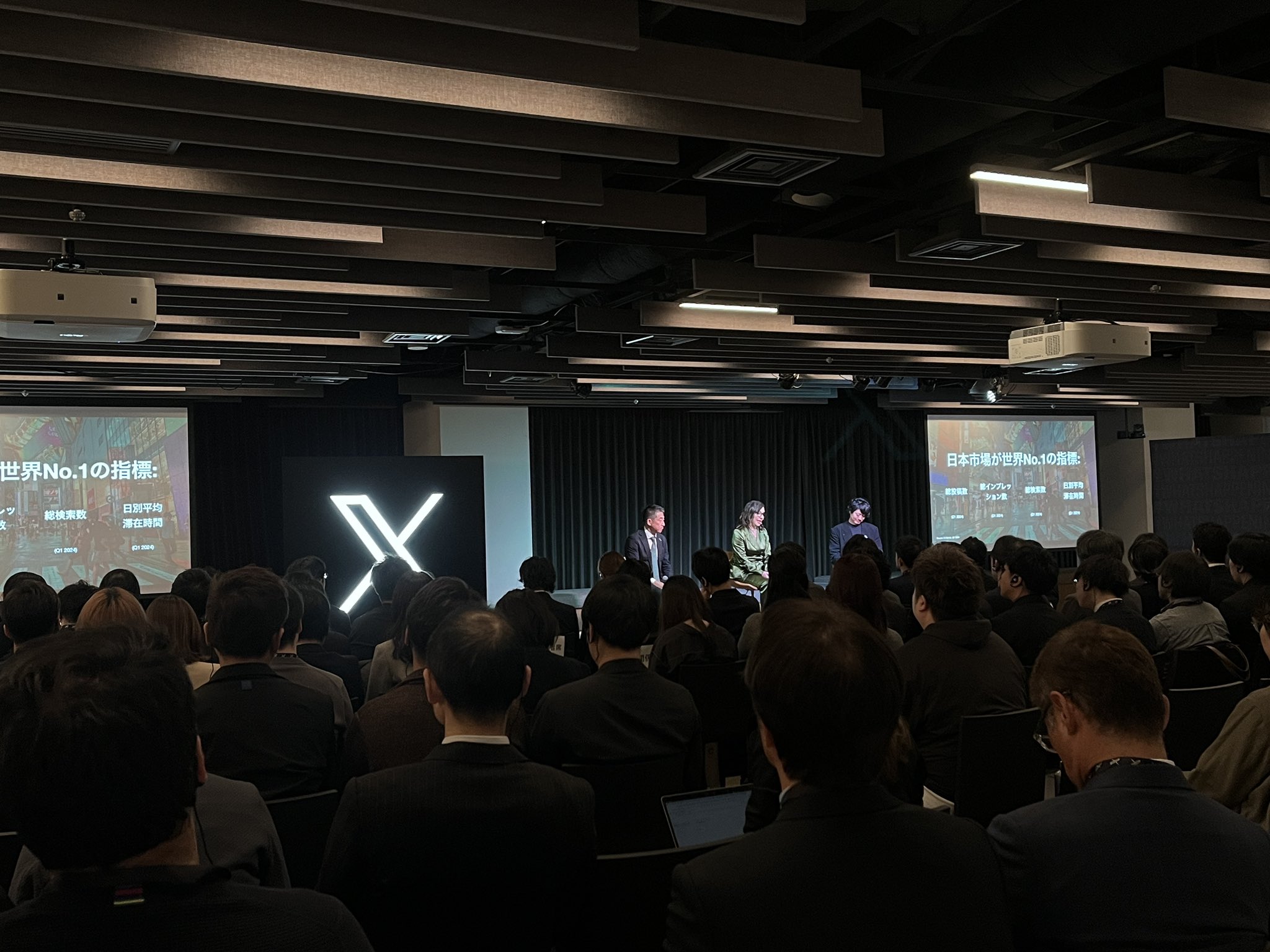
Elon Musk’s social media platform, X, experienced several outages on Monday morning.
As of this writing, X’s desktop and mobile services are still intermittent.
Initial Reports
As noted in a TechCrunch report, a wave of reports about X being offline were submitted on Downdetector, a website that tracks online outages, early Monday morning, around 5:30 a.m. ET.
At the time, about 20,000 users reported experiencing problems accessing the social media platform. This initial wave of outages seemed to have been resolved after about an hour, with users being able to access X’s services once more.
Outage Encore
Another wave of outages on X were reported by users around 9:30 a.m. ET, though this time, Downdetector listed about 40,000 user reports. This particular outage seemed worse than the first, as it was still ongoing until about lunchtime Eastern Time.
As of this writing, issues with X appear to still be ongoing, as per tests done by Teslarati staff. While some pages on the social media platform are now loading, some features such as users’ timeline and analytics remain inaccessible.
Update as of 12:17 p.m. ET: X’s mobile and desktop features appear to have gone back online.
X, for its part, has not issued a comment about the matter.
X’s Evolution
Previously known as Twitter, the social media platform was acquired by Elon Musk in late 2022 for $44 billion. Since then, Twitter has returned to becoming a private company, and it has been renamed X.
While reports following Musk’s acquisition noted that Twitter saw a sharp drop in valuation after the Tesla CEO’s acquisition, Bloomberg News, citing people reportedly familiar with the matter, claimed last month that X was in talks to raise funds from investors at a $44 billion valuation, thanks in no small part to its stake in xAI, Musk’s artificial intelligence startup.
-
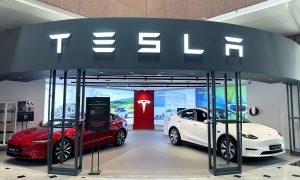
 News3 days ago
News3 days agoTesla at risk of 95% crash, claims billionaire hedge fund manager
-
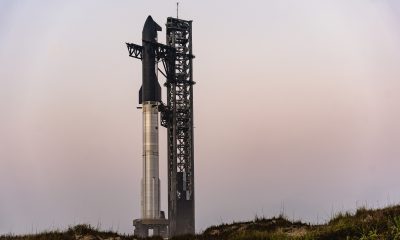
 News5 days ago
News5 days agoSpaceX announces Starship Flight 8’s new target date
-
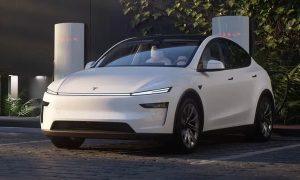
 News3 days ago
News3 days agoTesla contract with Baltimore paused after city ‘decided to go in a different direction’
-

 News6 days ago
News6 days agoTesla launches fresh U.S. promotions for the Model 3
-
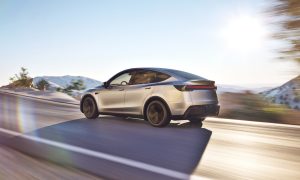
 Elon Musk1 week ago
Elon Musk1 week agoTesla mulls adding a new feature to fight off vandals as anti-Musk protests increase
-
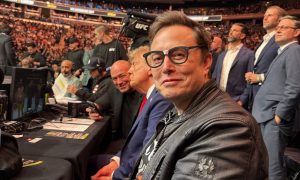
 Elon Musk4 days ago
Elon Musk4 days agoTesla UK sales up over 20% despite Elon Musk backlash
-
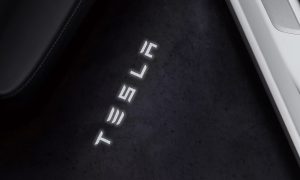
 News5 days ago
News5 days agoOne dozen Teslas burn in arson attack in France, investigation underway
-
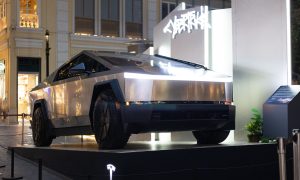
 Lifestyle4 days ago
Lifestyle4 days agoElon Musk seemingly confirms Cybertruck gift to 13-year-old cancer fighter





